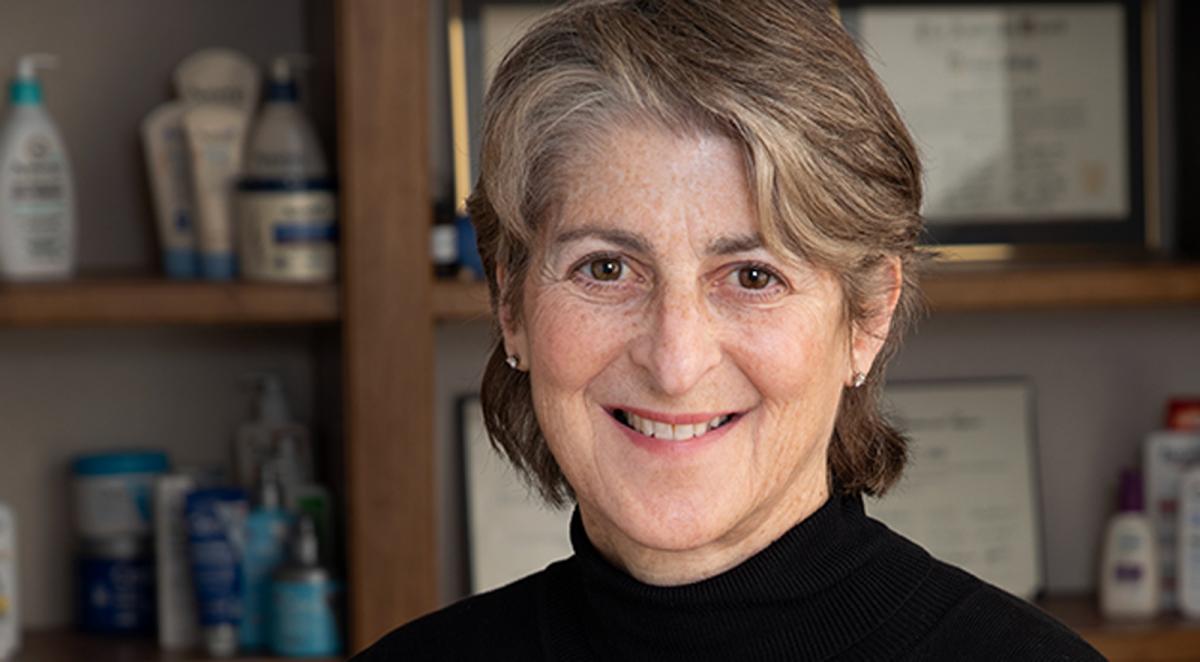All cleansers, whether they are facial cleansers or body cleansers, are formulated with surface active agents (surfactants) that lower the surface tension on the skin. These ingredients facilitate the removal of dirt, oils, skin cells and makeup, and allow the water to rinse away unwanted bacteria from the skin surface while causing minimal or no damage to the superficial layer of skin that is responsible for keeping the skin hydrated.
True "soap" is a fatty acid alkali salt made by combining a fat with a very strong base (lye). True soap has a very high pH (9-10), has very strong detergent properties and can therefore, clean the skin very effectively. Unfortunately, it also removes the lipids and proteins needed to maintain healthy skin. As a result, true soap can be very drying and irritating, especially for those with sensitive skin or patients who suffer from certain skin conditions, like eczema or psoriasis. e.g. Ivory Soap
Synthetic detergents, or syndet bars, are formulated with milder synthetic surfactants that remove unwanted dirt and skin debris without causing the dryness and irritation of true soap. Unfortunately, however, they do not clean as well. This type of cleanser contains less than 10% true soap and has a more skin favorable pH (5-7). e.g. Dove and Oil of Olay Beauty Bars
Combar cleansers combine true soap with syndets to create a more effective cleanser but ones that are less damaging to the skin than true soap. Many of these bars add fragrance. e.g. Dial and Irish Spring bars
Liquid free cleansers are formulated without fats. These types of cleansers are ideal for individuals with dry skin. Their ability to lift skin oils and dirt is less than the bar cleansers described above so are best used in areas that do not need excessive cleansing. e.g. Cetaphil liquid cleanser
Cleansing creams, like Pond's Cold Cream, is formulated with water, occlusives, like petrolatum and beeswax, or mineral oil. Cleansing creams have been used to remove makeup and dirt at the same time.
Oil cleansers have become the latest craze. The thought that oil dissolves oil is the anecdotal premise behind this cleansing modality. In addition, oils lack the irritating surfactants found in cleansers. Many different types of oils have been used (Argan oil, Jojoba oil), each containing varying concentrations of fatty acids. Some individuals experience facial breakouts with the use of some of these oils. Acne sufferers beware!
"Micellar water" is a very clever marketing term for a water based non-soap cleanser. When oily dirt is mixed with a surfactant containing cleanser, the surfactant molecules arrange themselves into tiny clusters called micelles. All surfactants have a water-loving end and an oil-loving end. When oil and water mix, the water-loving ends of the surfactants face outwards towards the water and the oil-loving ends of the surfactants face inward towards the dirt or oil. The micelle is now water-soluble and can wash the dirt away. Micellar water is a soap free surfactant containing water-based cleanser!
So which cleanser is best? That clearly depends on the formulation of the cleanser and the goal of the consumer. The most important information on a skincare product, including cleansers, is the ingredient listing!
For your convenience select a quality cleanser using the Product Selector





